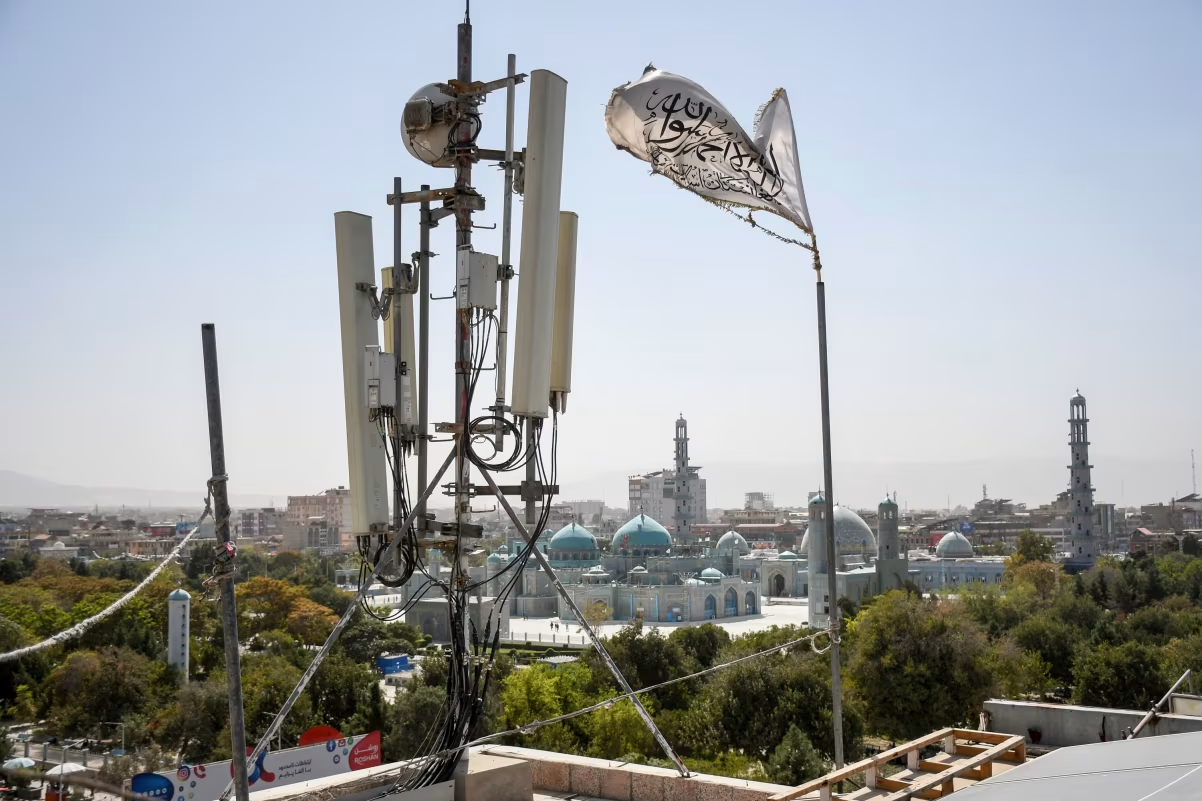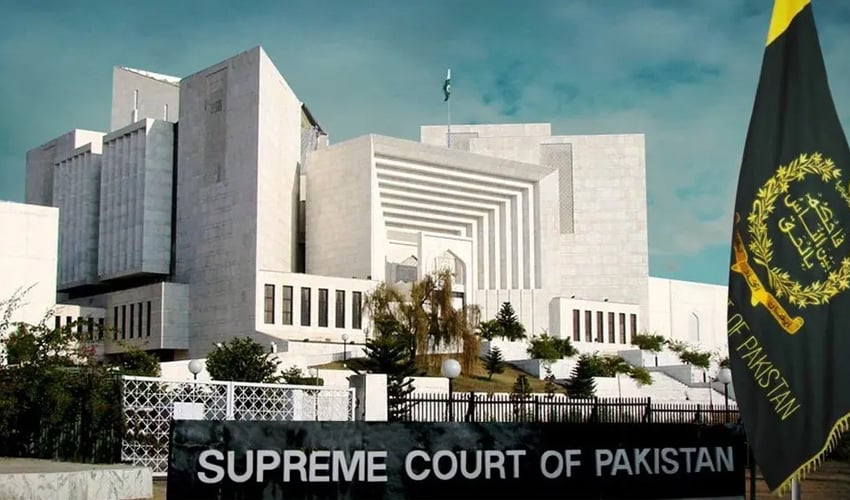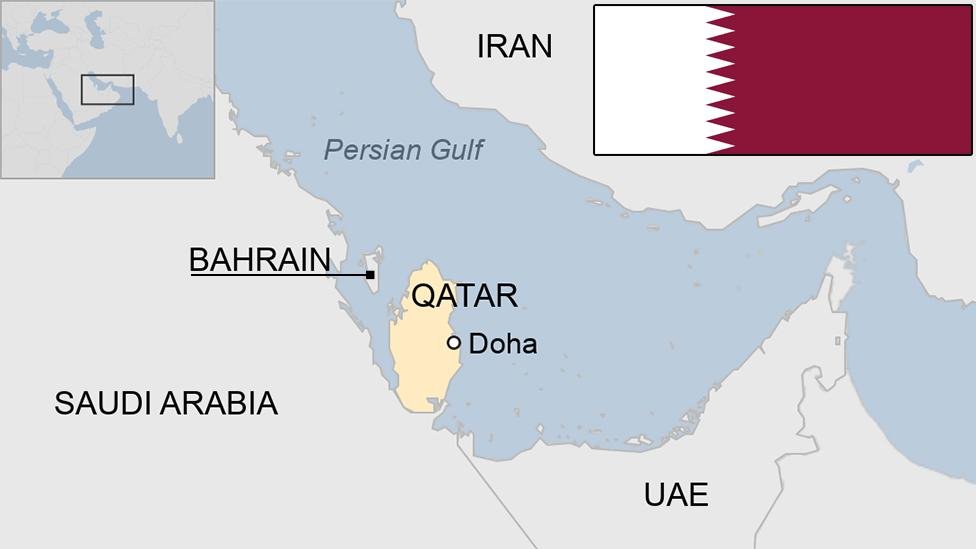For now, the armed conflict between Israel and Iran appears geographically contained to their respective territories. But this fragile containment could unravel swiftly. With international calls for restraint echoing from the United Nations to major world capitals, the question is not whether the situation is serious — it’s what happens if no one listens.
Below are five critical, high-risk scenarios that analysts warn could unfold if diplomacy fails and the conflict escalates.
1. The United States Gets Pulled into the War
Despite repeated denials from Washington, Iran remains unconvinced that the United States has remained neutral. Tehran has accused U.S. forces in the Middle East of implicitly supporting Israel’s attacks — allegations that may serve as justification for Iranian retaliation.
Should Iran target U.S. assets — military bases in Iraq, diplomatic missions in the Gulf, or special forces in the region — the consequences could be catastrophic. American personnel have already been partially withdrawn, a sign that Washington anticipates potential escalation. But if an American life is lost, particularly on Israeli soil, the U.S. could be forced to respond militarily.
Such a move would mark a dramatic shift. Former President Donald Trump promised his base no more “forever wars,” but current GOP sentiment overwhelmingly backs Israel. Some Republican voices are even calling for regime change in Tehran. If the U.S. enters the conflict as a direct participant, it would fundamentally alter the trajectory of the war and risk entrenching America in yet another prolonged Middle Eastern conflict.
2. Gulf States Become Collateral Damage
If Iran fails to effectively strike Israel, it may seek softer targets across the Gulf — particularly in nations it believes have covertly assisted Israel or hosted U.S. military infrastructure. Countries like Saudi Arabia, the UAE, and Bahrain house U.S. airbases and have supported Israeli defense systems discreetly.
History already offers warning signs: Iran was blamed for the 2019 drone attack on Saudi oil fields, and Houthi militias hit targets in the UAE in 2022. While recent diplomatic reconciliations have cooled tensions, Iran may yet consider these countries legitimate targets in a broader war against Israel and its allies.
Such actions would instantly escalate the conflict from a bilateral fight to a regional war, likely pulling the U.S. and its allies into a much broader confrontation.
3. Israel Fails to Destroy Iran’s Nuclear Program
Perhaps the most dangerous scenario is one in which Israel’s military operation fails to eliminate Iran’s nuclear capability. Iran’s most critical nuclear facilities — like Fordow — are buried deep underground, beyond the reach of conventional weapons. Even if Israel succeeds in targeting some infrastructure and assassinating scientists, the country’s nuclear expertise and enriched uranium stockpile may remain intact.
If Tehran interprets these attacks as an existential threat, it may accelerate its march toward nuclear armament. A new generation of Iranian military leadership — potentially more aggressive and less risk-averse — could double down on nuclear ambitions as a deterrent. This would almost guarantee ongoing cycles of Israeli preemptive strikes, plunging the region into a strategy Israeli military analysts grimly call “mowing the grass”: a constant repetition of limited attacks to prevent strategic growth.
4. A Global Economic Shock Unfolds
As the conflict simmers, oil prices are already climbing. But if Iran attempts to shut down the Strait of Hormuz — the chokepoint for nearly a third of the world’s seaborne oil — the consequences for the global economy would be immediate and severe.
Adding to this, Iran’s Houthi allies in Yemen could resume attacks on shipping in the Red Sea, further disrupting global trade routes. With inflation already straining economies worldwide, new energy supply shocks could tip fragile nations into recession.
Worse still, rising oil prices would benefit adversaries of the West. Chief among them: Russian President Vladimir Putin, whose war effort in Ukraine could be sustained by the financial windfall from skyrocketing energy revenues.
5. Iran’s Regime Collapses — And Chaos Follows
While Israel’s stated goal is to destroy Iran’s nuclear capabilities, Prime Minister Benjamin Netanyahu’s recent messaging suggests a broader ambition: regime change. He appealed directly to the Iranian people, framing the airstrikes as part of a mission to liberate them from their “oppressive” government.
But toppling Iran’s regime could unleash unpredictable consequences. While some Israelis and regional actors might welcome the fall of the Islamic Republic, history offers sobering lessons. The power vacuums left behind in post-invasion Iraq and Libya led to prolonged civil conflict, extremist resurgence, and long-term instability.
Iran is larger, more complex, and more ideologically polarized than either of those nations. A sudden regime collapse without a viable alternative could trigger civil war, refugee crises, and unchecked violence — destabilizing not just Iran but the broader region for years.
Conclusion: The Fragile Future of the Middle East
The coming days are critical. Much hinges on the scale and nature of Iran’s retaliation and the degree to which the United States can temper Israel’s military ambitions. If cooler heads do not prevail, the world may be on the edge of a multi-front war that reverberates far beyond the Middle East — economically, diplomatically, and morally.
The international community must act swiftly and strategically to prevent these worst-case scenarios from materializing. Because once the line into regional or global war is crossed, the cost — in lives, livelihoods, and global order — will be incalculable.















